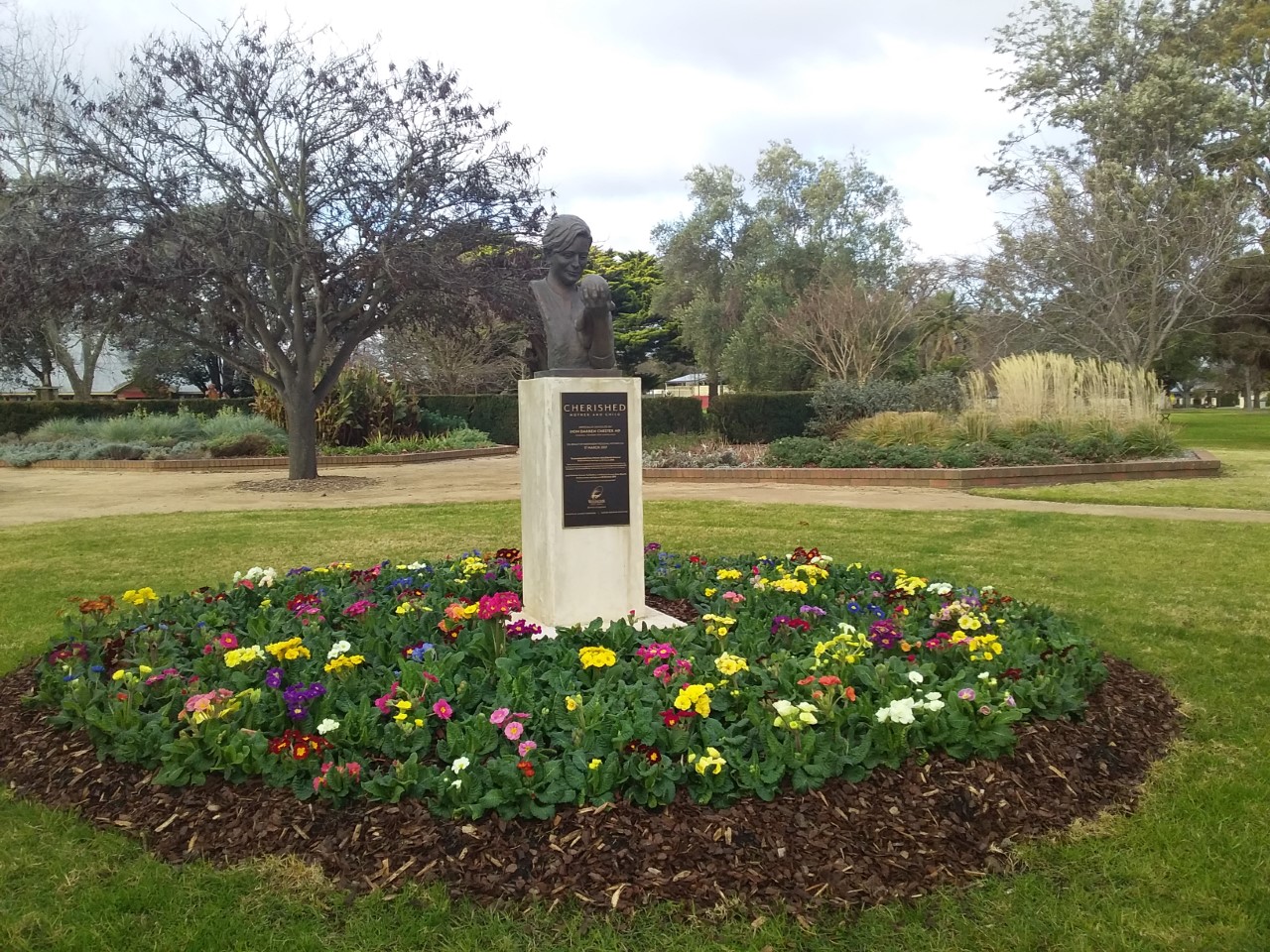
Maternity Homes were institutions that provided residential accommodation to pregnant women, usually single women, and they often functioned (officially or not) as adoption agencies. Women gave birth in maternity homes attended by a midwife. Many maternity homes were also ‘rescue homes’ which tried to reform the young mothers. These institutions were sometimes known as lying-in…
Juvenile delinquency was a term used to describe the behaviour of children and young people who are committing criminal offences, or thought likely to commit offences, at a young age. This behavior could include vandalism, truancy, stealing, fighting, running away from home or being sexually active. Many children in institutions were labelled as delinquents, or…
Clean break theory provided a basis for many adoptions in the twentieth century. The theory is based on the idea that babies’ characteristics are formed by their environment rather than their genes. There was a widespread belief that a “clean break” was beneficial for the personality development of babies of single mothers, and that they…

Forced adoption (or forced family separation) are the terms now used to describe the practices where many pregnant unwed women (and their partners) were subjected to unauthorised or illegal separation from their children. From the 1950s to the early 1970s, the prevalence of forced adoption in Australia was high. These practices were unethical, immoral and…
Child evacuees were removed from their homes in Britain during World War Two in order to escape the air raids. As well as sending children to safer rural locations in Britain, around 3000 children were sent to Commonwealth countries. These evacuations were administered by the Children’s Overseas Reception Board. 577 British children came to Australia…
The Family Assistance Scheme assisted families in Tasmania undergoing a financial crisis that was serious enough to put the children at risk. Under the scheme, families received grants or loans to meet commitments such as the payment of bonds, arrears in rent, and power bills. It was one of a range of measures used by…
The Preventive Payment Scheme was designed to prevent children going into residential care by making payments to families undergoing a serious financial crisis. The Commonwealth government funded it. In 1979-80, the Tasmanian State government replaced it with a Family Assistance Scheme which operated similarly. Click here to see the full Find & Connect glossary
The Homemaker Service, funded by the Tasmanian government, and located within the Department of Social Welfare, and later, the Department of Community Welfare, began in February 1976. It was modelled on a similar service already in place for Aboriginal families which the Commonwealth government funded. Homemakers worked with families in crisis on a short term…
Single mothers (also referred to as unmarried mothers) historically often struggled to support their babies and to deal with the social stigma attached to their situation. These women (and their children who were born ‘out of wedlock’) were the targets of various charitable endeavours in Australia from the earliest days of white settlement. Until perhaps…
The Domestic Service Assistance Scheme, managed by the Department of Social Services and its successors, was established by the Domestic Service Assistance Act 1947. It provided a housekeeper or temporary accommodation for children during a family emergency which left no one able to look after them. The Scheme ended in about 1989. The Domestic Service…